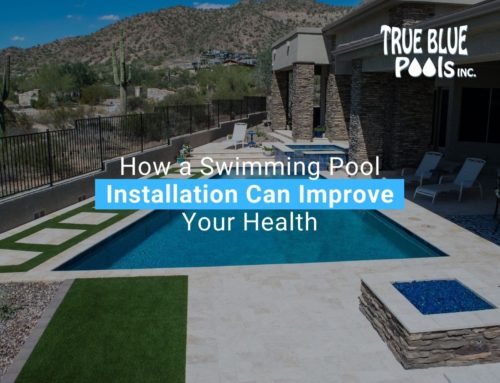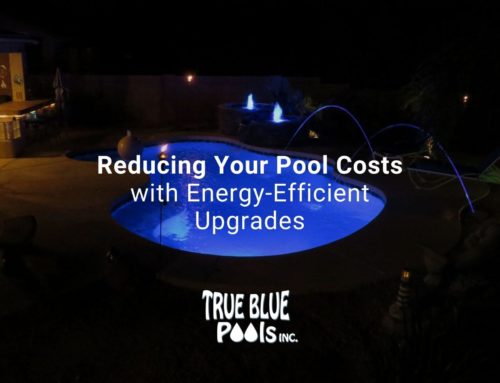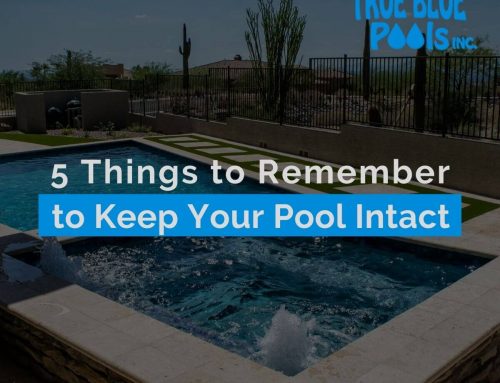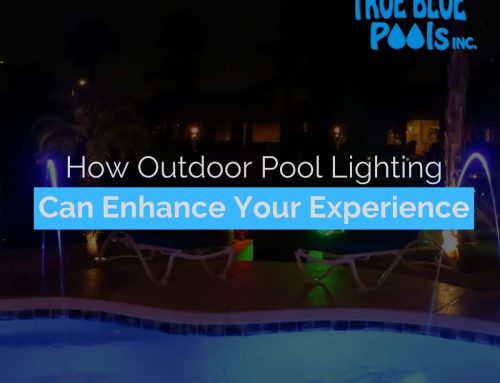Dogs and Pools: Do They Mix?
Dogs and pools can be a great mix. You can enjoy a fun day with your family playing by the pool, and you can include your fur babies in the family fun. But dogs and pools can also be a bad mix, as there are many safety and maintenance issues to consider.
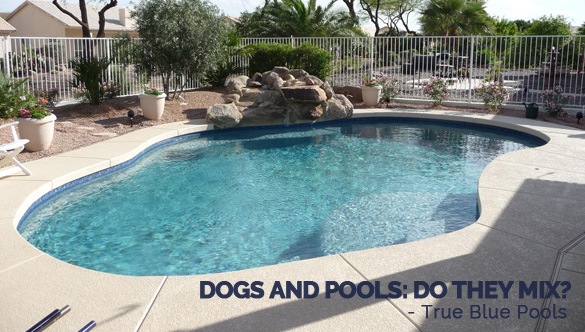
Working with a Scottsdale AZ custom pool builder can make your pool a better match for your dogs. Here are a few things you’ll need to think about:
Filter Strength and Cleaning
Dogs will shed just as much in the water as they do out of it. Your filter will be primarily responsible for getting that hair out of your pool.
You may need a stronger filter that can get out more of the hair. Otherwise, you’ll likely come up from your breast stroke with dog hair in your mouth, and no one wants that.
Check the filter more frequently to see if it is clogged with hair, and check the skimmer basket and pump more often to clean out any hair that has accumulated.
Pump Strength
Most pumps turn over the water in residential pools in 24 hours. That means that all the water in the pool passes through the filter, through the pipes, and back into the pool in that time. It’s like completely emptying and refilling your pool with fresh water each day.
If you have dogs in your pool, you may need to get a stronger pump that can turn over the water in a shorter time frame. Otherwise, you’ll have more hair and bacteria circulating in the water.
Chlorine Treatments
Dog hair also carries with it a lot of dirt and bacteria, and that will all circulate through your pool if you let the dogs swim. The easiest way to take care of this is to increase the chlorine levels of your pool. Working with a pool professional can help you determine the right levels.
However, chlorine can also be harmful to the dog and irritating to his skin. You can minimize the irritation by rinsing the dog off when he gets out of the pool. Rinsing off your whole family, including your dogs, before entering the pool will minimize the dirt that goes in, and rinsing everyone off after getting out of the pool will wash off chemical residue.
Also, never let your dogs drink the water! They are also ingesting the chlorine and any other chemicals or bacteria that are in the water.
Entry and Exit Points
Dogs can easily jump into the pool, but they can’t easily jump out, and they can’t use a ladder to climb out. You need to train your dogs how to use the stairs to get in and out, as well as how to find the stairs when they are out in the water. Some dogs will panic and claw at the side of the pool, tiring themselves out and injuring the paws at the same time.
The best thing to do would be to work with a custom pool builder to add built-in benches, tanning ledges, or even a zero entry area. These shallow areas will make it easier for dogs to climb out of the pool. You can invest in pool remodeling to add them to an existing pool or you can be sure to add them in your design for a new pool.
Swimming Safety
Not all dogs know how to swim. Some will just paddle their front paws and not their hind paws, which will make them shoot straight up instead of propelling forward. You need to take time to teach them how to swim or to hire a trainer who can.
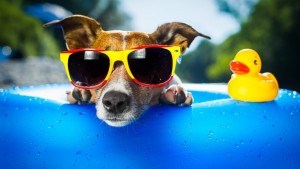
In your dog’s training, you will also need to teach him about swimming safely near children and other people in the pool. Dogs that don’t have body awareness in the pool may scratch or otherwise injure other swimmers, and dogs who are overexcited can jump onto a small child and push them under the water.
Heat Stroke
You may not think heat stroke would be a problem when you are in the pool, but it is. Your dog’s external temperature may get cooled down by the pool, but the internal temperature may remain high due to all the swimming and other activity.
If your dog is panting, check out his gums and tongue to see if they are darker than normal. This is a sign of dehydration, and you should get him into the shade with some water as soon as possible.
Pools always need special care and training to stay safe, but you’ll have to think through some more issues to make yours safe for your dog. True Blue Pools can help you make your pool safer by remodeling it with features like a zero entry area and tanning ledges. A custom pool builder from our team will evaluate your pool and the surrounding area to make appropriate recommendations, including a sturdy pool cover or fence to prevent accidents. Our Scottsdale pool remodeling services can make your pool safer for your dogs or your children, as well as make your pool look more beautiful. Contact us today to work with a custom pool builder in Arizona.
Published By:
True Blue Pools – Douglas LaLonde
5235 S. Kyrene Rd. Ste 102
Tempe, AZ 85283
Office: 480-820-9495
Website: https://truebluepools.com


